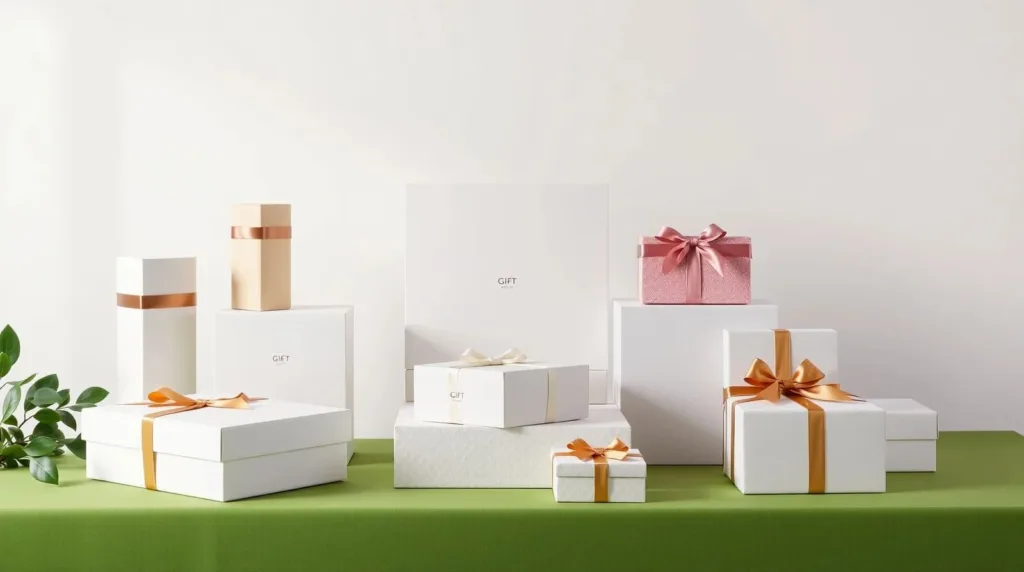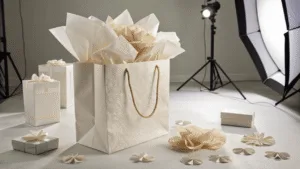Are you ordering custom boxes? Incorrect measurements lead to costly mistakes, wasted money, and production delays. I’ll show you the industry-standard way to measure any box, ensuring a perfect fit every time.
When measuring a box, always use the interior dimensions and follow this order: Length x Width x Depth (LxWxD) or Length x Width x Height (LxWxH). Length refers to the longest side of the box opening, width refers to the shortest side, and depth (height) is measured vertically from the top to the bottom.
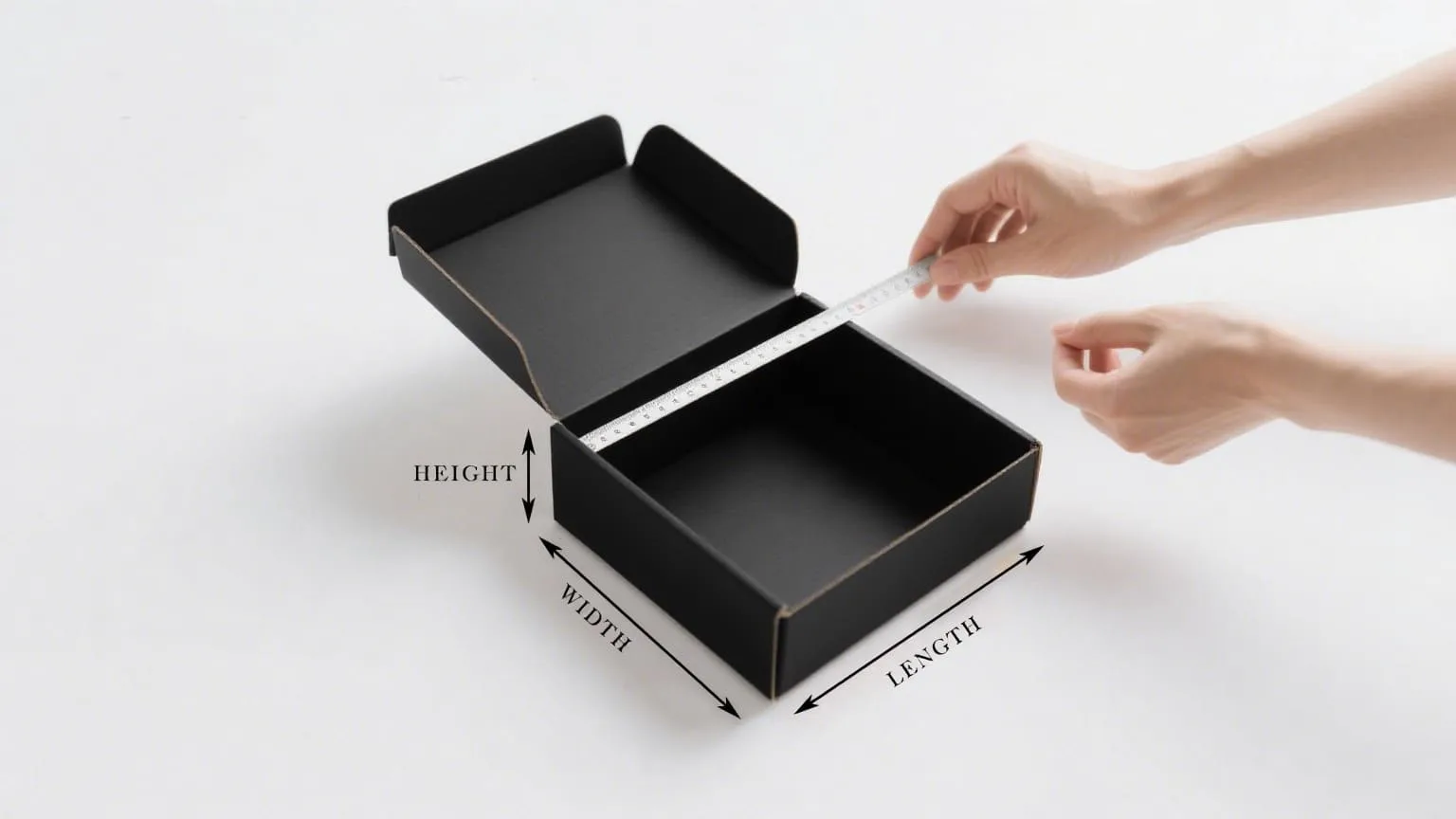
Getting these three numbers right is the single most important step in the entire packaging design process. Why internal dimensions? Because that’s what determines if your product will actually fit inside. As the founder of Omet Packaging, I’ve seen countless projects delayed or ruined because of a simple measurement error. This single point of failure can cost a brand thousands of dollars. Let’s break down each dimension so this never happens to you.
What Is the Correct Order for Length, Width, and Depth?
Does the order you write dimensions in really matter? Yes, it’s the universal language of the packaging world. Getting it wrong causes massive confusion and costly production errors.
The correct, industry-standard order is always Length x Width x Depth (L x W x D). Length is the longest side of the opening, Width is the shorter side of the opening, and Depth (or Height) is the distance from the opening to the bottom.
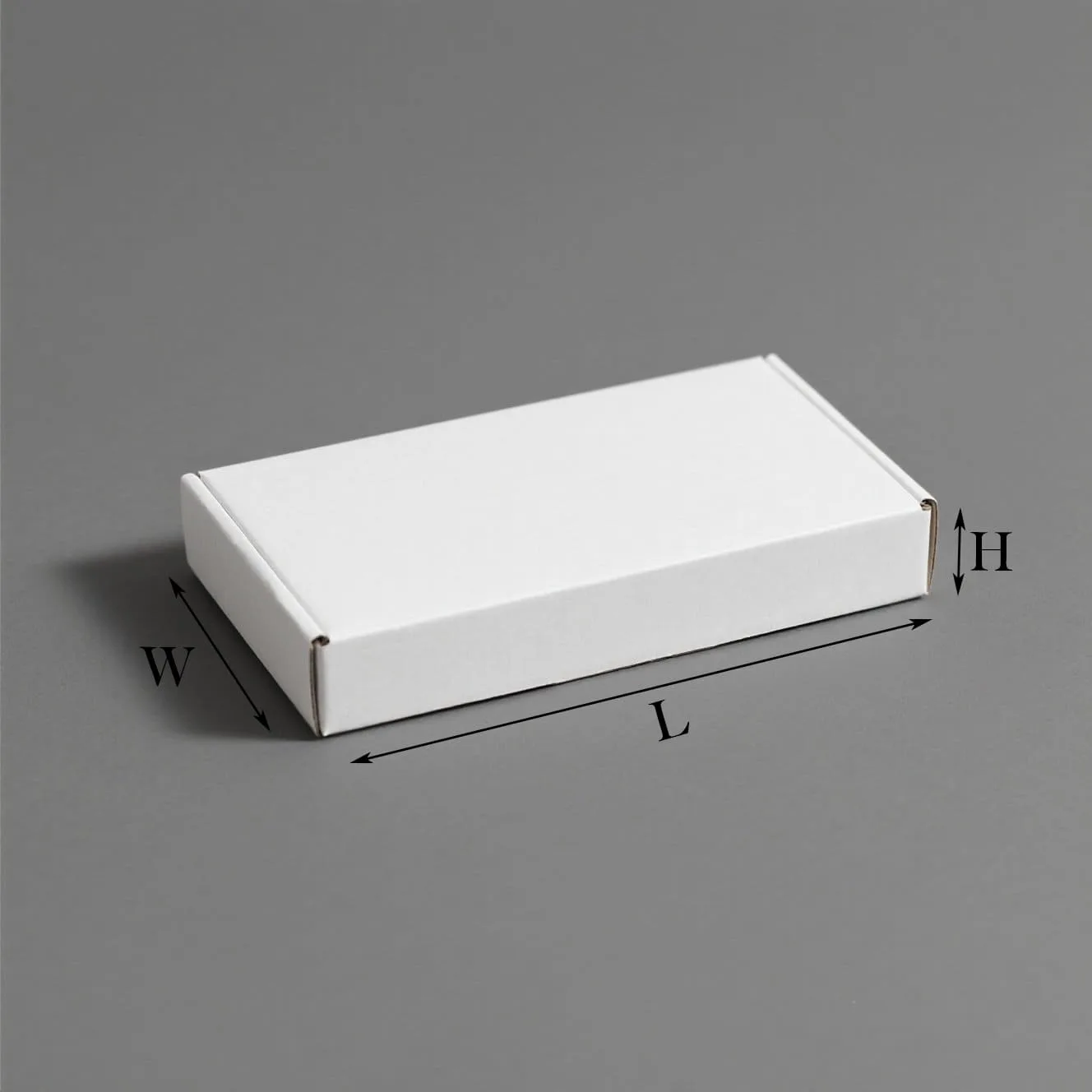
Think of this standard as a grammar rule for manufacturing. Everyone in the supply chain, from your designer to our factory floor, must follow it to be understood. When you look down into an open box, the two dimensions of the opening are the Length and Width. The longest of these two sides is always the Length. The shorter side is the Width. The distance from that opening to the bottom of the box is the Depth (sometimes called Height). A few years ago, a new e-commerce client sent us dimensions for a fancy water bottle: 10" x 3" x 3". They wanted the box to stand up tall. But following the L x W x D rule, the initial design was for a long, flat box. Luckily, our experienced design team flagged this. We called the client and clarified. This simple check, which is standard procedure at Omet Packaging, saved them from ordering 10,000 completely wrong boxes. This is why a direct relationship with a manufacturer matters.
The L x W x D Rule Explained
| Your Product | Correct L x W x D1 | A Common Mistake2 | Result of That Mistake |
|---|---|---|---|
| A Hardcover Book | 9" L x 6" W x 1.5" D | 9" L x 1.5" W x 6" D | The box opens on the narrow spine side, making the book hard to get out. |
| A Bottle of Lotion | 3" L x 3" W x 8" D | 8" L x 3" W x 3" D | The box is designed for the bottle to lay flat, not stand up vertically. |
| A Chocolate Bar | 7" L x 3" W x 0.5" D | 0.5" L x 3" W x 7" D | This would create a strange, deep box that doesn’t fit the product at all. |
Should You Measure the Inside or Outside of a Box?
You measured a box, but now your product doesn’t fit correctly. You probably measured the outside. This all-too-common mistake can ruin an entire production run of custom packaging.
Always, always measure the internal dimensions of a box. These measurements dictate the usable space for your product. External dimensions are only used for calculating shipping pallet configurations and storage space. The box material itself takes up space.
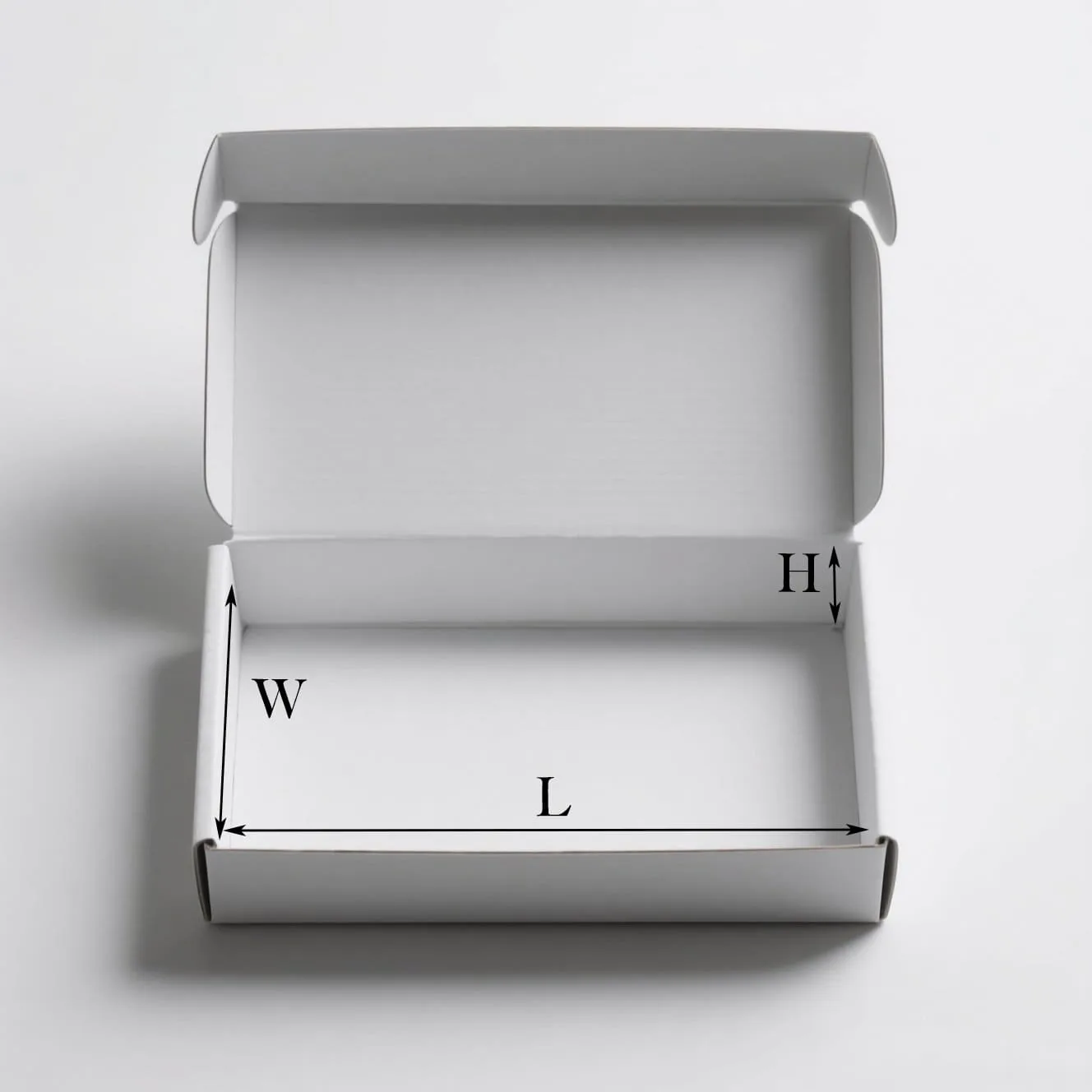
A box is not a line on a piece of paper; its walls have physical thickness. We call this the material’s "caliper." This thickness can range from a thin paperboard to a very thick and rigid corrugated cardboard. This is why measuring the outside is a recipe for disaster. The space your product occupies is the internal cavity. For a luxury perfume box we produce, the rigid greyboard we use might be 2mm thick. After we wrap it in specialty paper, the total wall thickness can be 2.3mm. That means a box with external dimensions of 100mm x 100mm only has an internal space of about 95.4mm x 95.4mm. That 4.6mm difference is more than enough for a custom foam insert to fail to fit. At our BSCI-compliant factory, all production specifications are based on the internal, "usable space" dimensions that a client provides. This focus on the internal fit guarantees a perfect result.
How Material Thickness Impacts Your Box
| Box Type | Typical Material | Wall Thickness (Approx.)1 | Total Space Lost (Internal vs. External)2 |
|---|---|---|---|
| Folding Retail Box | 350gsm FSC-Certified Paperboard | 0.45 mm | Approximately 1mm |
| E-Commerce Mailer Box | E-Flute Corrugated Board | 1.5 mm | Approximately 3mm |
| Rigid Luxury Gift Box | 2mm Greyboard + Paper Wrap | 2.3 mm | Approximately 4.6mm |
How Do You Account for "Breathing Room" in Your Measurements?
Your product technically fits, but it’s a struggle to get it out of the box. You forgot to add a tolerance, or "breathing room," making the unboxing experience frustrating.
To create a good unboxing experience, add a small tolerance to your product’s exact dimensions. A standard guideline is to add 1/16 to 1/8 inch (or 1.5mm to 3mm) to the length and width measurements for a snug but accessible fit.
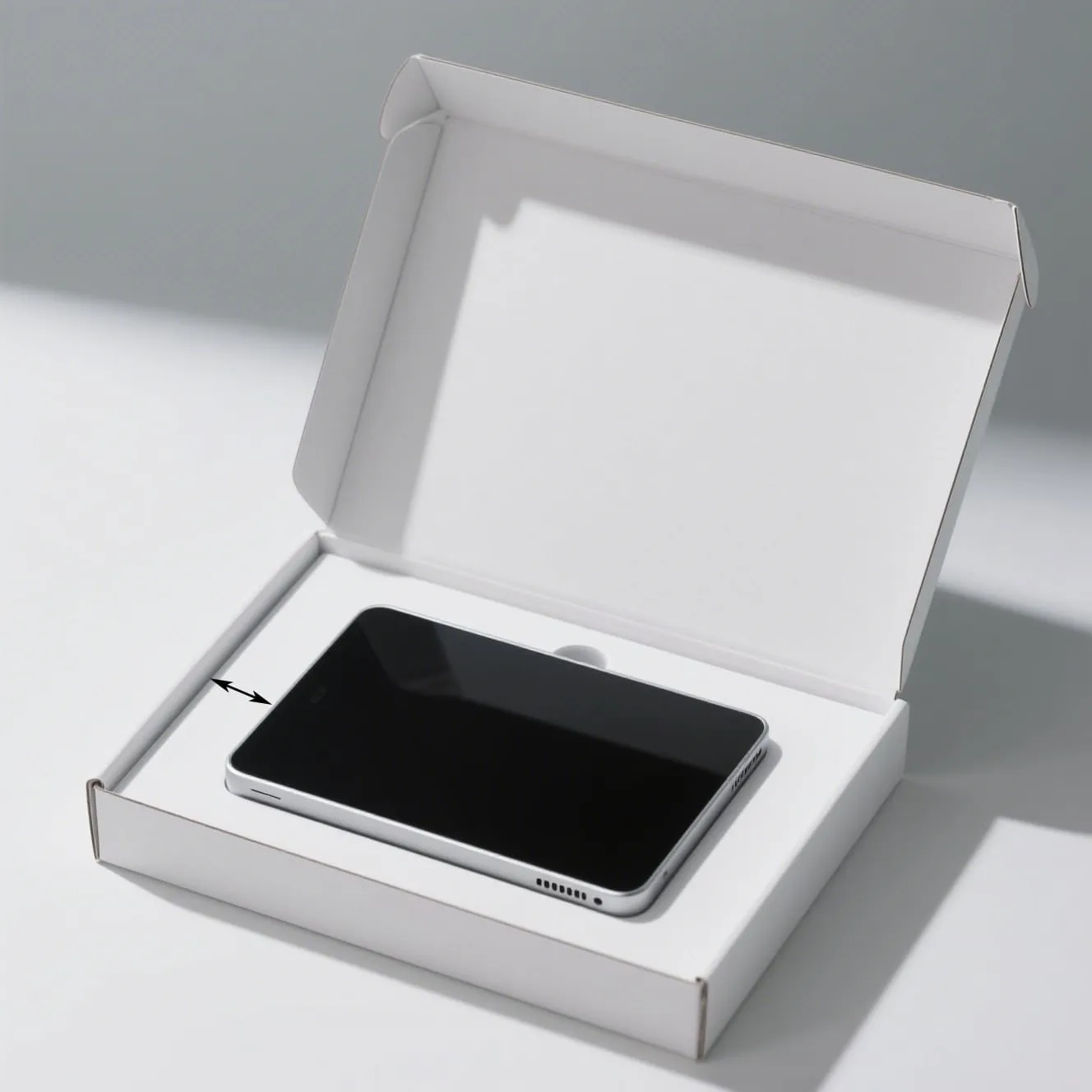
"Breathing room" is the small, intentional space you add around your product. A fit that is too tight can scratch high-gloss surfaces and makes the product difficult to remove. A fit that is too loose feels cheap and allows the item to rattle around, risking damage. It’s a delicate balance. We worked with a brand that sells high-end smartphone accessories. Their main concern was preventing scratches on polished surfaces. Simply making the box bigger wasn’t the answer, as the item would slide around. Our solution was twofold. First, we added a very precise 2mm tolerance to the internal length and width. Second, we designed a custom-molded tray from soft-touch material. This held the product securely while the tolerance made it easy for the customer to lift it out without a struggle. This is the kind of detail that elevates a brand.
General Guidelines for Tolerance
- For sturdy, non-fragile items1: Add 1.5mm (~1/16") to the product’s Length and Width.
- For delicate or high-gloss items2: Add 3mm (~1/8") to the Length and Width. Strongly consider using a custom insert for maximum protection.
- For Depth: Add 3mm to 6mm (~1/8" to 1/4") to the product’s height. This makes it easier for fingers to reach in and lift the item out.
Conclusion
Properly measuring your carton using the internal length x width x depth standard is the foundation of perfect packaging. This ensures accurate box dimensions and communicates your exact requirements to your supplier. If you need the right box for your product but aren’t sure what size is right, contact us. We’ll use our experience to select the right size for your product, whether it’s a box or a paper bag. Proper packaging ensures the safety of your product. Choose Omet.

